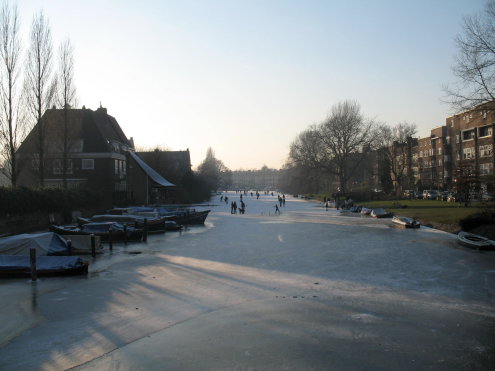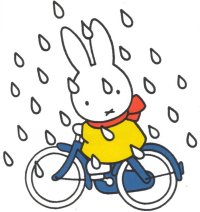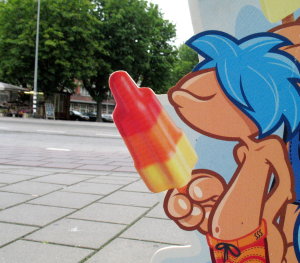
The weather folks have measured 39,1 degrees in Gilzen en Rijen, Noord-Brabant, breaking the record of 38.6 degrees set back in 1944 in Warnsveld, Gelderland. We also broke some records last year – imagine if this trend continues over the years to come. On 23 July 2019 as well the country had its warmest 23 July ever, at 31.7 degrees.
The country has invoked the National Heat Plan, which kicks in at 27 degrees and involves keeping an eye on the elderly and the sick (breathing issues, dizziness) and anybody working in hot conditions (water, cooling, breaks).
Since the Netherlands is not big on air conditioning, finding a cool place to be can be difficult. Everybody can always drink lots of water, especially if they are dizzy, which means they haven’t been drinking enough water in the first place. Wiping your cat or dog’s forehead with a wet cloth is a good tip, as is eating fruits like watermelon.
UPDATE: We’ve hit 39.3 in Eindhoven
(Link: nu.nl)

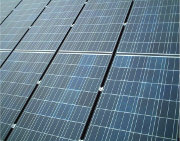
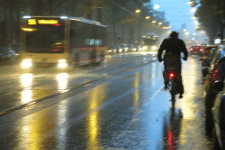 At
At 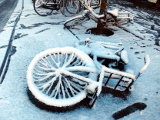 Bicycle blogger Mark Wagenbuur has enough clout these days that when he calls the city’s department for public works to tell them they forgot to clear a bike path of snow, they go out and clear the bike path.
Bicycle blogger Mark Wagenbuur has enough clout these days that when he calls the city’s department for public works to tell them they forgot to clear a bike path of snow, they go out and clear the bike path. 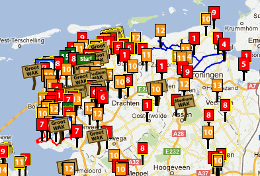 The Dutch are waiting for three magic words: ” It. Giet. Oan.” If uttered by the 22 district heads of the biggest ice skating endurance race this side of the Baltic, they will signify the start of said race, the
The Dutch are waiting for three magic words: ” It. Giet. Oan.” If uttered by the 22 district heads of the biggest ice skating endurance race this side of the Baltic, they will signify the start of said race, the 
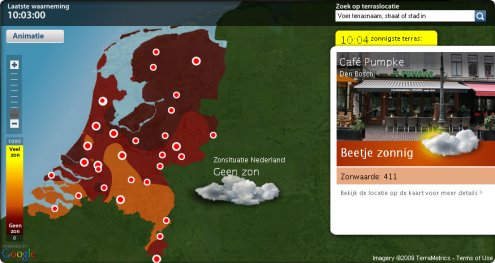
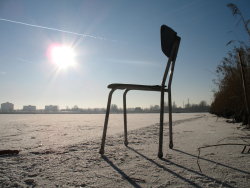 No Elfstedentocht for now. National weather institute KNMI predicts that Monday a period of thaw will set in, with wind coming from the South and from the South West. That also means that the country will not have had an official cold wave, which in the Netherlands is defined as at least five consecutive days of frost of which three dip below -10 degrees.
No Elfstedentocht for now. National weather institute KNMI predicts that Monday a period of thaw will set in, with wind coming from the South and from the South West. That also means that the country will not have had an official cold wave, which in the Netherlands is defined as at least five consecutive days of frost of which three dip below -10 degrees.